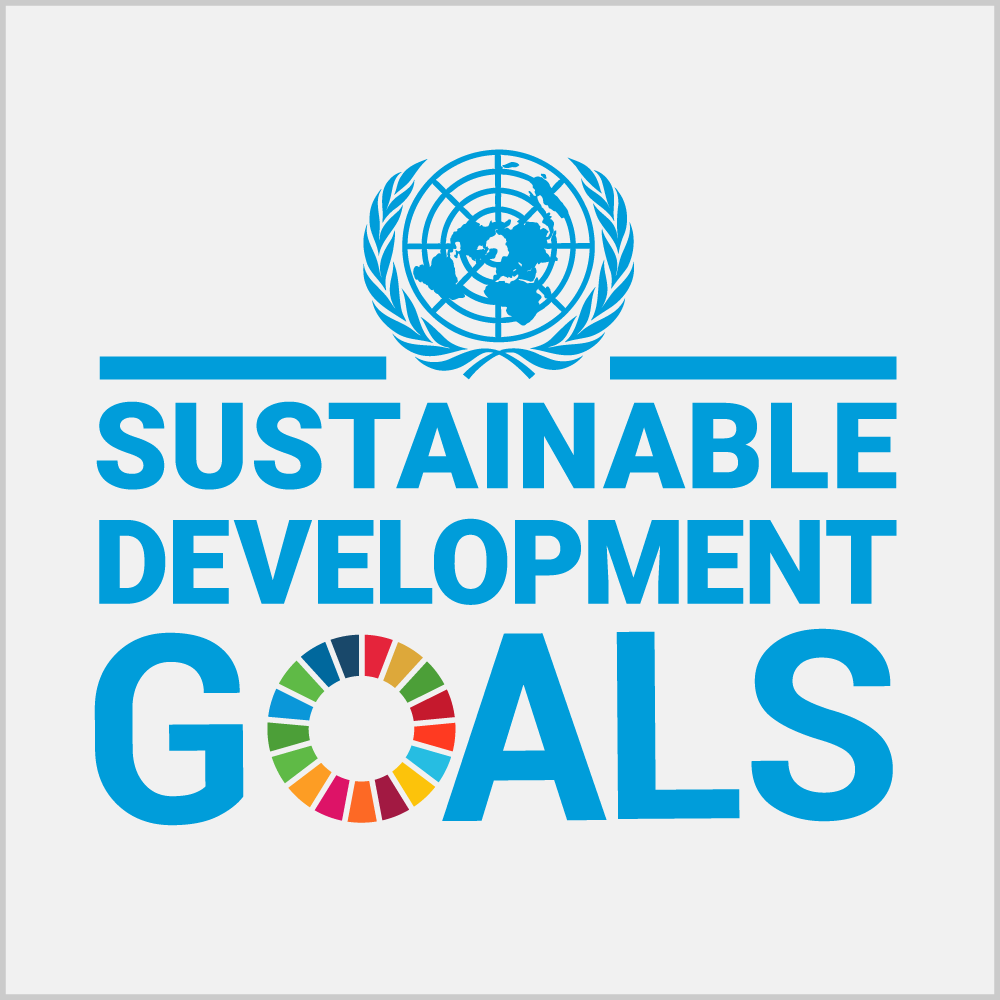Once upon a time, the earth was in balance. The air was clean, the water was pure, and humankind’s consumption of natural resources was no more than could be comfortably replaced.
But now, humanity is taking too much from the earth and giving too little back, and the planet is in serious danger –
the air
This seems like a global crisis that could impact the way we live. Is there a global response?
In 2015, the United Nations General Assembly adopted the 2030 Agenda for Sustainable Development and established the 17 Sustainable Development Goals (SDGs) as a global roadmap to help us restore the natural world by the end of this decade.
Measuring Progress is a report prepared by the
United Nations Environment Programme (UNEP) and the
Convention on Biological Diversity and is the second in a series of bi-annual updates that analyzes the world’s progress towards achieving the Sustainable Development Goals.
Despite progress in key environmental areas such as clean water, sanitation, clean energy, forest management and waste, communities are still living unsustainably and are far off the pace. Measuring Progress also emphasizes that some environmental areas – such as biodiversity loss and climate change – have actually deteriorated.

What are SDGs?
The 2030 Agenda for Sustainable Development is a United Nations resolution that was enacted in 2015 and serves as the future global development framework that will restore the natural balance and health of the earth through environmental commitments agreed by countries of the world that will benefit future generations. The 2030 Agenda includes the 17 Sustainable Development Goals, or SDGs, along with169 targets and 231 indicators. Each SGD typically has 8–12 targets, and each target has between one and four indicators used to measure progress toward reaching the targets.
The SDGs were designed to highlight interlinkages between the environmental, economic and social aspects of development and to point out the gaps and opportunities that have unfolded. The SDGs are used not just by governments, but also by the private sector – like manufacturers, corporations and developers – when planning their Environmental, Social and Governance initiatives, and when gauging their Social Return on Investment.



While UNEP is responsible for monitoring only six of the 17 goals, all of the SDGs are linked and ultimately impact each other.
How could SDG 11 (Sustainable Cities and Communities) not be directly related to SDG 13 (Climate Action) or SDG 15 (Life on Land)?
SDG 6 (Clean Water and Sanitation) obviously impacts SDG 14 (Life Below Water), and SDG 12 (Responsible Consumption and Production) certainly has a lot to do with SDG 2 (Zero Hunger), and so on.
The correlation between SDG indicators is a vital part of the connectivity. For instance, air pollution (SDG indicator 11.6.2) is reduced when recycling rates (SDG indicator 12.5.1) rise, since waste that is recycled does not go into landfills or get incinerated. That, in turn, helps species at risk (SDG indicator 15.5.1) such as whale sharks and other marine life that might otherwise ingest harmful plastic pollution.
No single SDG can be achieved without dramatically impacting the other goals, which is why global cooperation, coordination and commitment are so important.
Measuring Progress focuses on environment-related SDG indicators. Most of the indicators are found in SDG 6 (Clean Water and Sanitation), SDG 8 (Decent Work and Economic Growth), SDG 12 (Sustainable Consumption and Production), SDG 14 (Life Below Water) and SDG 15 (Life on Land) – all of which relate to how we use and protect the earth - while SDG 17 (Partnership for the Goals) emphasizes the relationships needed to achieve sustainable development.
In total, there are 92 environmental indicators included among 15 of the 17 SDGs, and UNEP is charged with monitoring the global progress on the 25 indicators associated with the multiple SDGs.
SDGs create a clear pathway towards an objective that will restore the world’s health going forward by assigning the necessary steps for success. For instance, SDG 14 (Life Below Water) has 10 targets and 10 indicators that include preventing and reducing marine pollution and ocean acidification, protecting marine and coastal ecosystems, and regulating fishing. Target 14.3 (Reduce Ocean Acidification) has a single target – to minimize and address the impacts of ocean acidification - and has one indicator: the "average marine acidity (pH) measured at agreed suite of representative sampling stations," which will providence as to whether acidification levels are being reduced.
 Viktor Jakovlev
Viktor Jakovlev
How is progress towards the Sustainable Development Goals measured?
Member nations of the United Nations report on these indicators, but some countries report more quickly and efficiently than others.
Measuring Progress also assesses global and regional activity using 12 State of the Environment indicators that are drawn from the SDGs. These indicators – which are mostly linked to SDG 6 (Clean Water and Sanitation), SDG 14 (Life Below Water) and SDG 15 (Life on Land) – are considered reliable gauges of the environment’s health, and help assess the physical, chemical and biological conditions that exist on earth.
The 12 State of the Environment indicators are:


For example, State of the Environment indicator 14.4.1 makes clear that the sustainability of global fish resources is declining. Fish stocks within biologically sustainable levels decreased by almost 10 per cent between 2000 and 2017, leaving 34 percent of global marine fish stocks overfished.
So how are we doing?
Countries are generally making progress towards reaching the SDG targets related to clean water and sanitation, clean energy, waste, forest-related management and persons directly affected by disasters. Environmental data published in the first Measuring Progress report in 2018 showed that out of the 30 indicators with data, 74 per cent (22 indicators) followed a positive trend, and 26 per cent (8 indicators) indicated little change or a negative trend. Two years later, out of the 39 indicators with data, 67 per cent (26 indicators) followed a positive trend and 33 per cent (13 indicators) showed little change or a negative trend.
Also, protected areas and pro-environment legislation have increased.
- 2018
- 2020
- 26%
- negative trend
- 74%
- positive trend


The UNEP Sustainable Development Goals Score Card tracks the progress made by each country in relation to the 92 environmental SDG indicators. For example, Austria reported data on 13 of the 17 SDGs, with nine of those indicating some positive progress. Cambodia reported data on 12 SDGs but only six show positive trends, and Namibia reported data on 13 SDGs with 12 indicating some positive progress.
But an overall lack of data from the countries is problematic.
How does Measuring Progress analyze the national data?
Measuring Progress uses the national data to report on both global and regional responses to the SDGs. For instance, global responses to the indicators are now up to 42% – an increase of 10% from two years ago, which is encouraging – but the percentage of indicators now showing a positive trend toward meeting the relevant SDGs from this increased data has declined from 74% to 67%, and 33% show little change or a negative trend, up from 26%.


OK, so what are the lowlights?
Biodiversity loss has increased.
The global forest area, for instance, which needs to increase dramatically to remove CO2 from the atmosphere – in addition to yielding benefits in maintaining biodiversity – actually continues to shrink in size.

Key environmental areas have also decreased.
Fish stocks continue to be exploited increasingly unsustainably, water stress is on the increase and seems likely to be exacerbated by climate change, and the global consumption of ocean resources continues to rise.

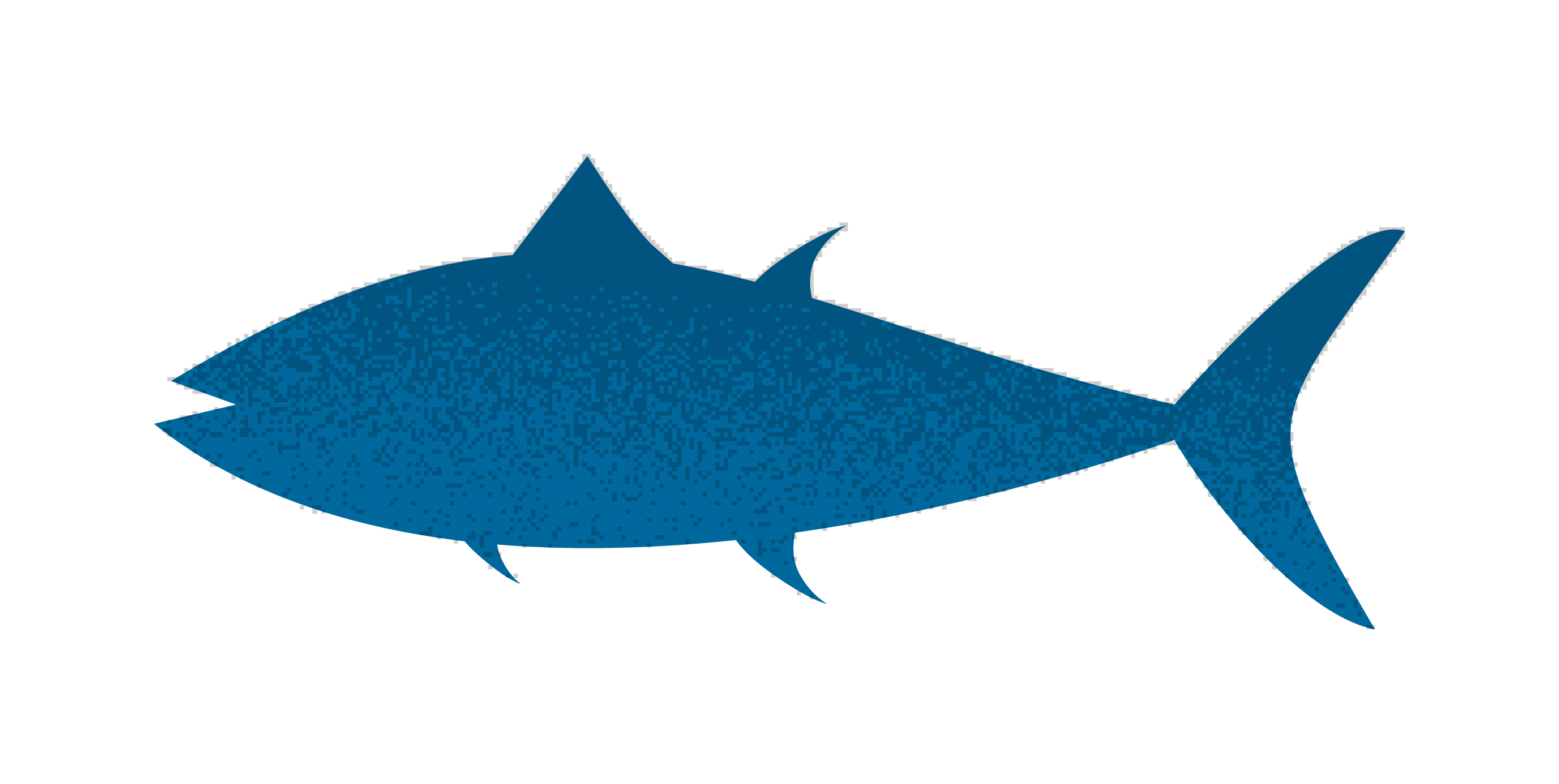


The impacts of climate change also appear to be worsening, and a recent report by the International Panel on Climate Change states that the impacts from climate change are likely to come sooner and be more devastating than initially thought.
Although the CO2 intensity of the global economy has reduced, global CO2 emissions have not, and experts believe the atmospheric concentrations of greenhouse gases, which are what affects the climate, will continue to rise.

Did the global COVID-19 pandemic delay the countries progress towards achieving the Sustainable Development Goals?
COVID certainly had a profound impact on achieving the SDGs, given that the world was in a lockdown for over a year and still is not back to normal. Many programs and policies could not be enacted because of the lockdown, and that has put us all behind.
Not everything was negative, though. Global greenhouse gas emissions dropped by as much as 30 percent in the past year due to the lack of planes, cars and ships used for travel during the pandemic and the lack of industries and factories in operation, although experts believe this will likely go back up once the lockdown is over.
Is Covid still a threat?
At the time of this writing in late 2021, while the COVID-19 pandemic may have temporarily reduced environmental stress as regards greenhouse gas emissions, it may also have a negative impact regarding the proportion of populations using safely managed sanitation services. There are fears that the negative change in respect of handwashing may hinder efforts related to bringing COVID-19 and its variants under control in the future.

Measuring Progress indicates that data is essential for assessing progress towards the Sustainable Development Goals, but there is not enough. How do we get better data?
Experts stress the importance of combining:
But how does that help?
Policymakers around the world need science-based standards produced by this data in order to guide their assessment as to what environmental improvements are necessary for their development efforts to be environmentally sustainable and “bend the curve” of environmental deterioration.
The global progress towards meeting the SDGs is slow, and I am concerned. How can I learn more?
Measuring Progress can be downloaded here.
Measuring Progress: Environment and the SDGs | UNEP - UN Environment Programme
This feature was put online in September 2021.

















